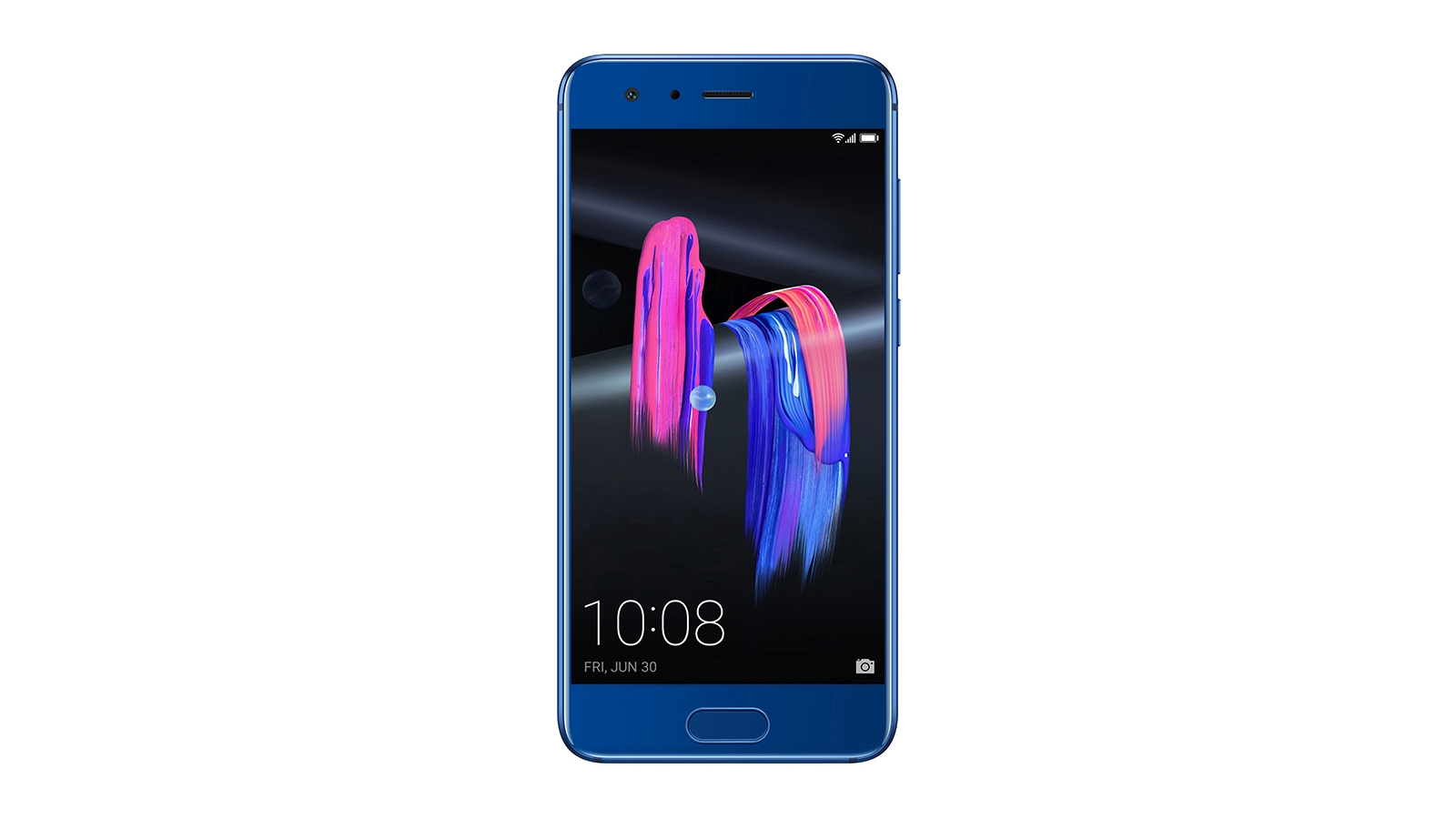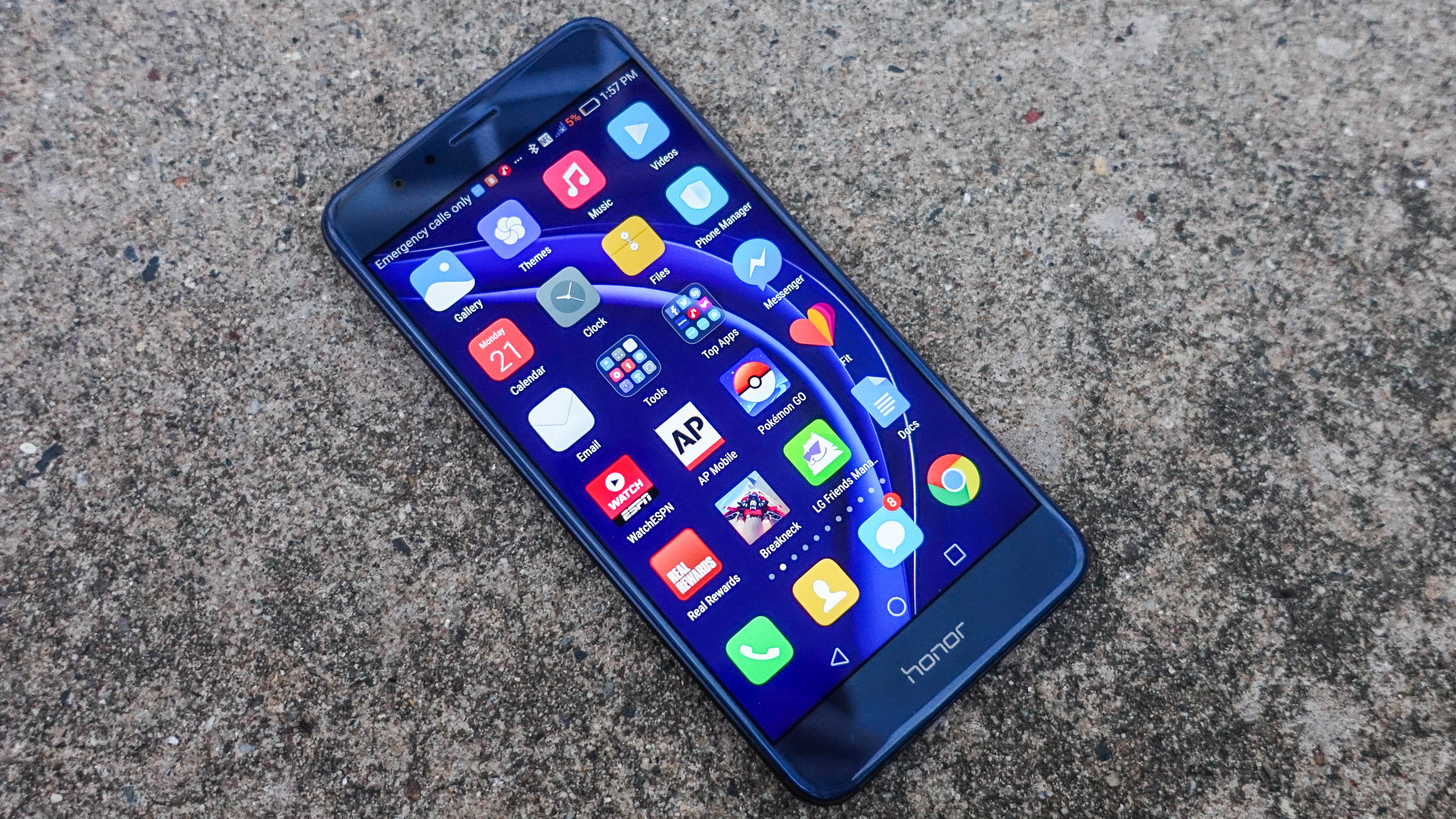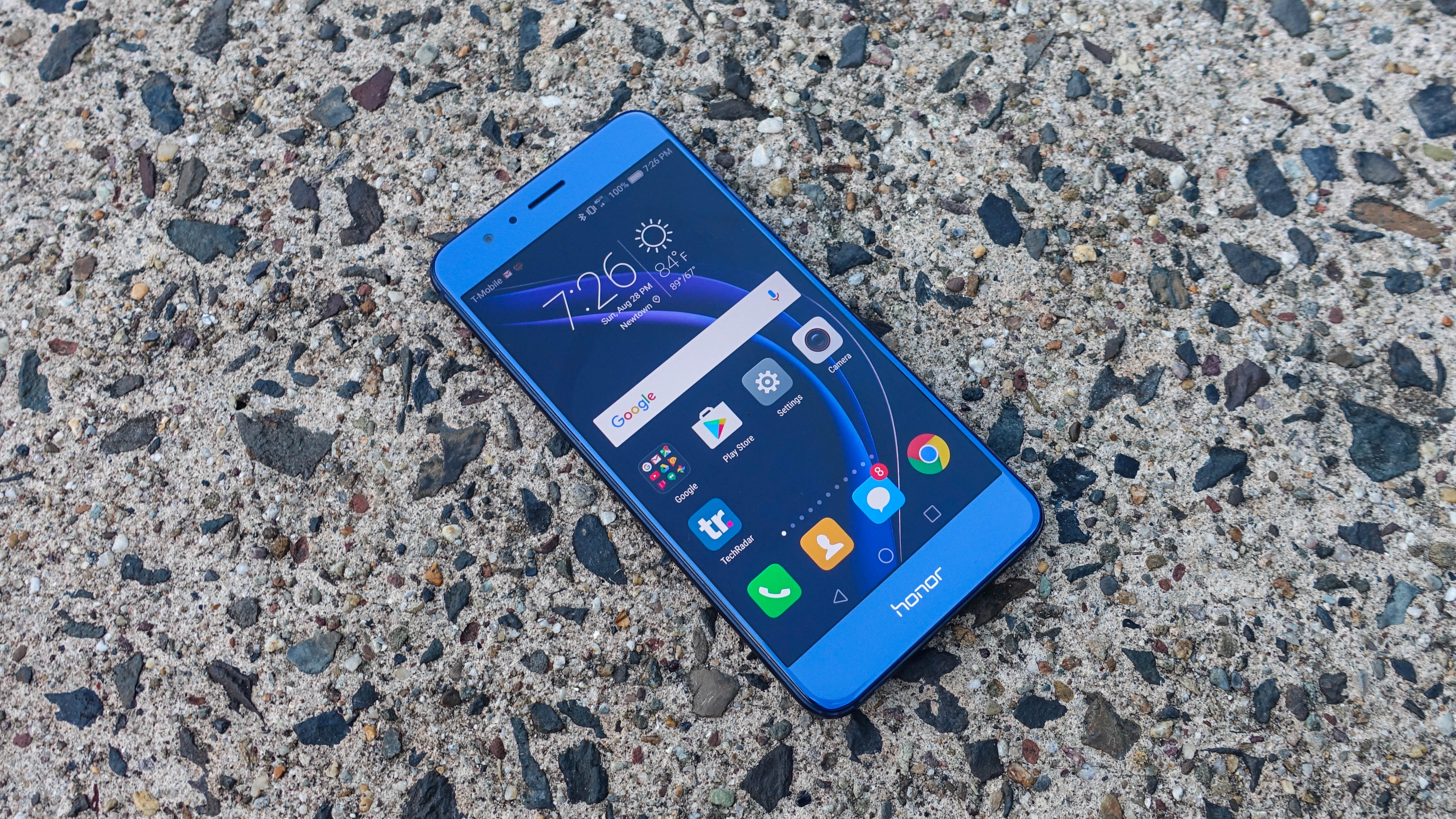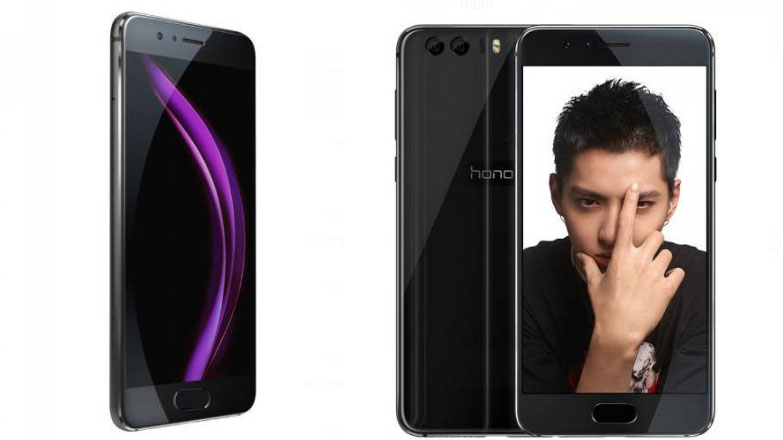The Honor 8 helped redefine what you can expect from a mid-range handset, combining a fairly affordable price with a great design, a decent dual-lens camera and strong specs.
Now the Honor 9 has arrived and at first glance it looks very similar. But is there more here than meets the eye, or is the company retreading old ground?
To help answer that question we’ve compared the Honor 9 to the Honor 8 across all the categories that matter, from design to display, battery to camera and beyond, so you can decide whether the Honor 9 is a worthy upgrade, and worth your money.
Honor 9 vs Honor 8 design

It seems Honor took the approach of ‘if it ain’t broke, don’t fix it’ here, as the Honor 9 sports an almost identical design to the Honor 8.
You know what? That’s OK, because the Honor 8’s design was one of the best things about the phone.
Both phones have a metal frame and a glass back... so far, so ordinary. But they also both use 15 layers of below the glass (of various materials), which allows the phones to diffract light at various angles, creating an aurora-inspired effect.
The two also have near-identical dimensions, with the Honor 9 coming in at 147.3 x 70.9 x 7.45mm and 155g, while the Honor 8 is 145.5 x 71 x 7.5mm and 153g.

The main visual difference is simply that the Honor 9 puts its fingerprint scanner on the front, underneath the screen, while the Honor 8 has its scanner on the back.
The scanner has changed shape too, as it’s an oblong on the Honor 9, a bit like the one found on the Samsung Galaxy S7, while the Honor 8’s is circular.
The only other real difference is the color schemes they come in, as the Honor 8 is available in Pearl White, Midnight Black, Sapphire Blue and Gold, while the Honor 9 comes in Glacier Grey, Sapphire Blue and Midnight Black – so if you want to show off that you have the newer handset the Glacier Grey color is the one to go for.
Honor 9 vs Honor 8 display

The Honor 8’s screen isn’t massive at 5.2 inches, but surprisingly the Honor 9’s is slightly smaller still at 5.15 inches.
Size aside, there’s very little difference between the two phones, with both handsets packing a 1080 x 1920 resolution, for a pixel density of 428ppi on the Honor 9 and 423ppi on the Honor 8.
Whether the Honor 9’s screen is any better in practice remains to be seen. We’ll let you know how it holds up when we’ve put the phone through a full review, but we were reasonably impressed with the Honor 8’s.
Our main complaint was simply that auto-brightness didn’t always kick in straight away, so here's hoping that's been solved.
OS and power

Sheer power could be the main way you can tell you’re using the newer Honor rather than the older one. Not that the Honor 8 lacked power for the money, coming with 4GB of RAM and an octa-core HiSilicon Kirin 950 chipset, which has four cores clocked at 2.3GHz and four at 1.8GHz.
The Honor 9 boosts both aspects though, coming with either 4GB or 6GB of RAM (though not all regions will get the 6GB model) and a newer and faster Kirin 960 chipset, which has four cores running at 2.4GHz and four at 1.8GHz. Apparently, this delivers 18% better CPU performance than the previous model.
The Honor 8 was a generally strong performer by 2016 standards and we’d expect the Honor 9 will just about stand up to this year’s competition.
Don’t expect a big operating system change though. The Honor 8 is upgradeable to Android Nougat and runs Huawei’s Emotion UI 5.0 over the top, while the Honor 9 runs Android Nougat out of the box and comes with Emotion UI 5.1 on top.
Emotion UI 5.1 mostly seems focused on improving performance by intelligently adjusting resource allocation and memory management, so combined with the bump in specs the Honor 9 could be noticeably smoother.
And it’s worth noting that the Honor 9 will likely be supported with Android updates for longer than the Honor 8.
Camera and battery

The dual-lens camera was one of the highlights of the Honor 8. The phone paired a 12MP color lens with a 12MP monochrome one, allowing you to combine data from the two for slightly better composite shots.
The Honor 9 builds on that promise, with a 12MP color lens and a 20MP monochrome one.
Not only has one lens now got more megapixels, but the camera also has more tricks up its sleeve, allowing you to just use the monochrome lens for true black and white shots, which oddly isn’t an option with the Honor 8.
The Honor 9 can also shoot video in 4K, while the Honor 8 is capped at 1080p. Both handsets have an 8MP front-facing camera.
The Honor 9 also has a slight bump in battery, with 3,200mAh, while the Honor 8 has a 3,000mAh unit. With general use the Honor 8 could go more than a day, so hopefully the Honor 9 will be at least as long-lasting.
Honor 9 vs Honor 8 price

The Honor 9 is launching for £379.99 (around $480, AU$630), which is only slightly more than the £369/$399 (around AU$620) launch price of the Honor 8.
The Honor 8 has since dropped in price a bit though, particularly in the US, where you can now find it from around $350, so if you’re not interested in the mostly modest upgrades of the Honor 9 it could still be worth buying.
Takeaway

Unless you have strong feelings about the placement of the fingerprint scanner, the main differences between the Honor 8 and Honor 9 are the camera and core specs, and in both cases the Honor 9 comes out on top, as you’d expect.
But on paper it’s a fairly small improvement overall, and all the key features – from the reflective design to the dual-lens camera, 1080p screen and mid-range price, are available on both phones. That mid-range price is a little higher this time around, but still far below most high-end handsets.
We’ll let you know exactly how the Honor 9 holds up in our full review, but right now it looks to be a solid yet conservative upgrade.
- The OnePlus 5 is another affordable flagship
from TechRadar: Phone and communications news http://www.techradar.com/news/honor-9-vs-honor-8
No comments:
Post a Comment